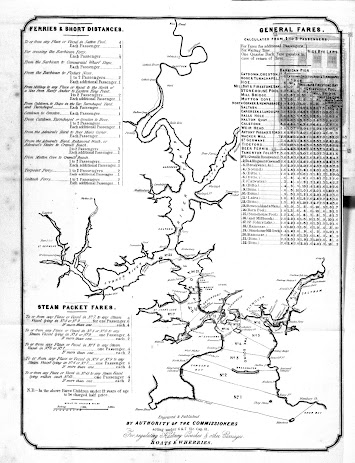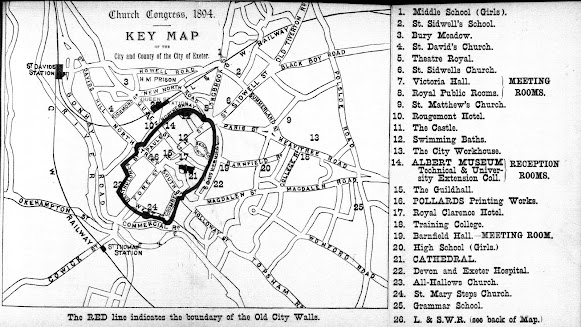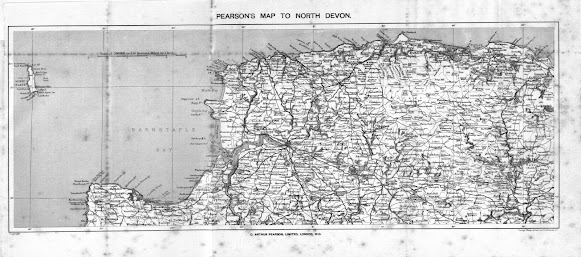
RUNDELL / THOMAS The first edition of the plan described below is linen backed and bound into a small booklet, the outer cover having the title: 1848 BYE LAWS AND TABLES OF FARES FOR BOATS AND WHERRIES , Plying under 6 and 7 Vict., chap 61. Price 6d. Jenkin Thomas , Printer, Plymouth and which explains the terms and conditions, fares, fines and regulations thereof. The last page of the booklet ends: JENKIN THOMAS, PRINTER, PLYMOUTH - 1861 . The booklet was " Printed by Authority of the Commissioners, By JENKIN THOMAS, No. 9, Cornwall Street, Plymouth. (ENTERED AT STATIONERS’ HALL) 1848 ." Pagination begins i-vi (and includes an index) and continues (7) to 18 (the bye-laws). William Rundell engraved the map and he was registered in Devonport in the period 1840-1844, at 73 George Street. It is possible that the map was engraved in 1848 for Thomas and then reissued but the reference to the Commissioners makes it more probable that the plan was first printed in 1861. Rundel



